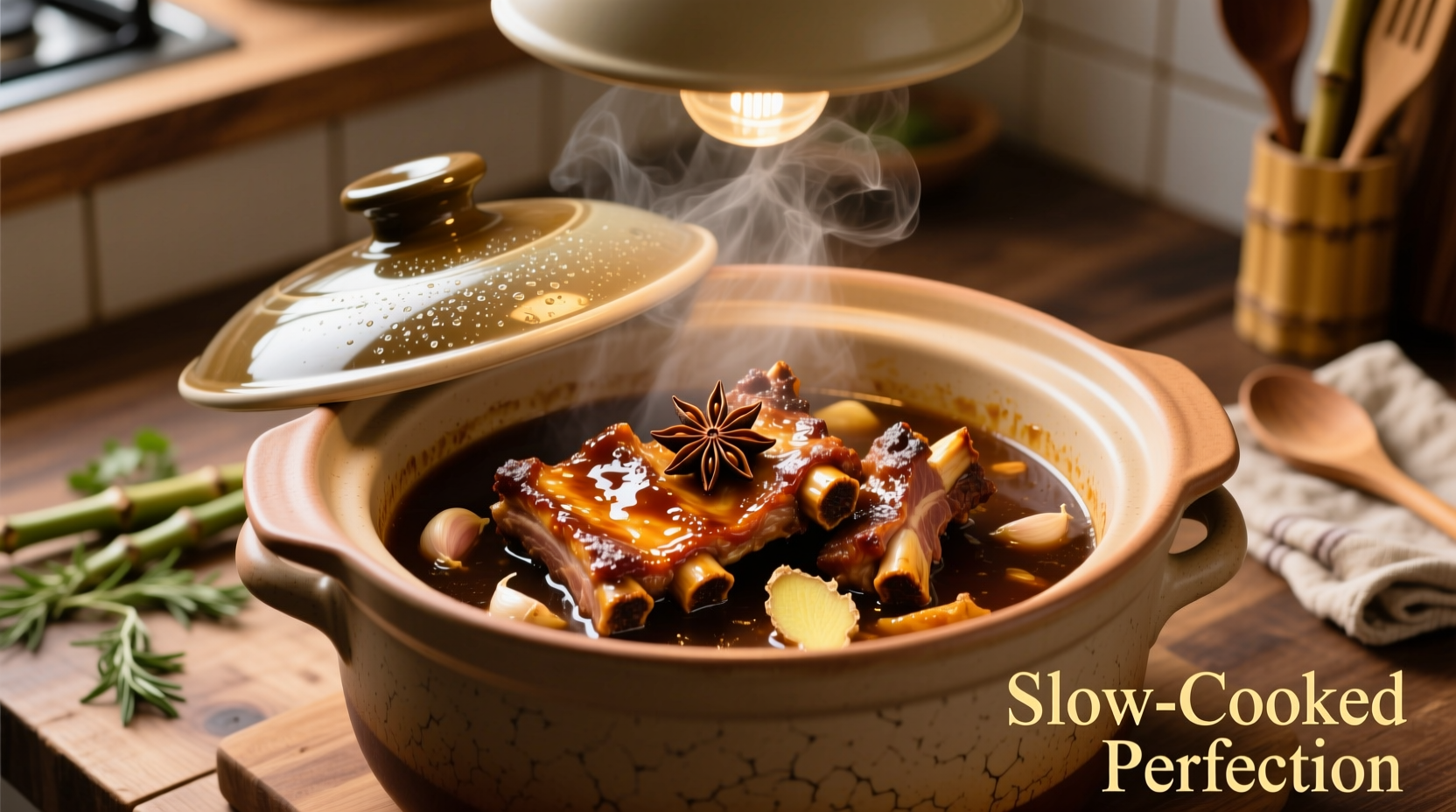The Science Behind Slow Cooker Ribs
Slow cooking transforms tough connective tissue into gelatin through controlled, low-temperature cooking. According to USDA Food Safety and Inspection Service guidelines, pork ribs reach optimal tenderness when cooked between 160-205°F (71-96°C) for extended periods. This temperature range safely breaks down collagen without drying out the meat.
| Rib Type | Recommended Cooking Time | Temperature Setting |
|---|---|---|
| St. Louis Cut | 6-7 hours | Low |
| Baby Back Ribs | 5-6 hours | Low |
| Country-Style Ribs | 4-5 hours | Low |
Essential Equipment and Ingredient Selection
Choose a 6-quart or larger slow cooker for standard rib racks. Select ribs with consistent marbling and minimal surface moisture. America's Test Kitchen research shows that ribs with bright pink color and firm texture yield the best results after slow cooking.
Step-by-Step Preparation Process
Remove the membrane from the bone side using a butter knife to lift the edge, then pull it off with a paper towel for better grip. This crucial step prevents toughening during cooking. Apply your dry rub generously, pressing spices into the meat rather than just sprinkling. For optimal flavor penetration, refrigerate seasoned ribs for 2-4 hours before cooking.

Precise Cooking Method
Place ribs bone-side down in the slow cooker. Add ½ cup liquid (apple juice, broth, or water) to maintain moisture without boiling. Cook on LOW for 6-8 hours - never HIGH, which can make ribs tough. The internal temperature should reach 195-203°F (90-95°C) for perfect tenderness. Test doneness by gently twisting a bone; it should move freely but not separate completely.
Finishing Techniques for Restaurant-Quality Results
For caramelized texture, transfer ribs to a baking sheet after slow cooking. Brush with sauce and broil 3-5 minutes until glaze bubbles. Rest for 10 minutes before serving to redistribute juices. Serious Eats' culinary experiments confirm this finishing step creates the ideal balance between tender interior and slightly crisp exterior.
Troubleshooting Common Issues
Ribs too tough? They need more time - collagen breakdown is complete only when internal temperature exceeds 190°F. Ribs falling apart? Overcooking occurs when temperature exceeds 205°F for extended periods. Sauce too thin? Simmer excess cooking liquid for 10 minutes to reduce and thicken before using as glaze.
Flavor Variations and Serving Suggestions
Experiment with regional styles: add smoked paprika and cumin for Southwest flavor, or ginger and five-spice powder for Asian-inspired ribs. Pair with cornbread and coleslaw for classic barbecue fare, or serve over rice with steamed vegetables for a lighter meal. Leftovers transform beautifully into rib tacos or pasta toppings.











 浙公网安备
33010002000092号
浙公网安备
33010002000092号 浙B2-20120091-4
浙B2-20120091-4